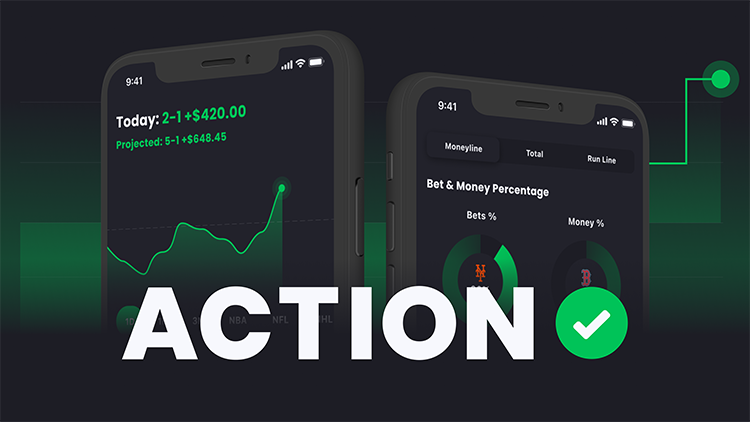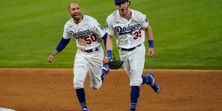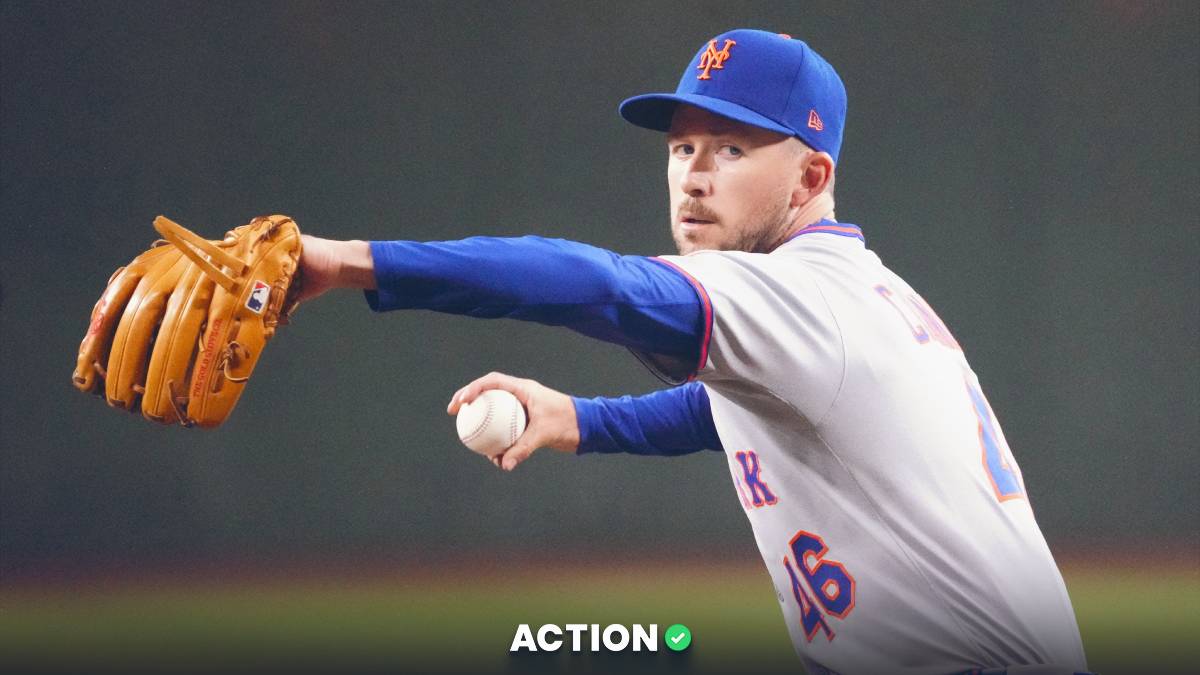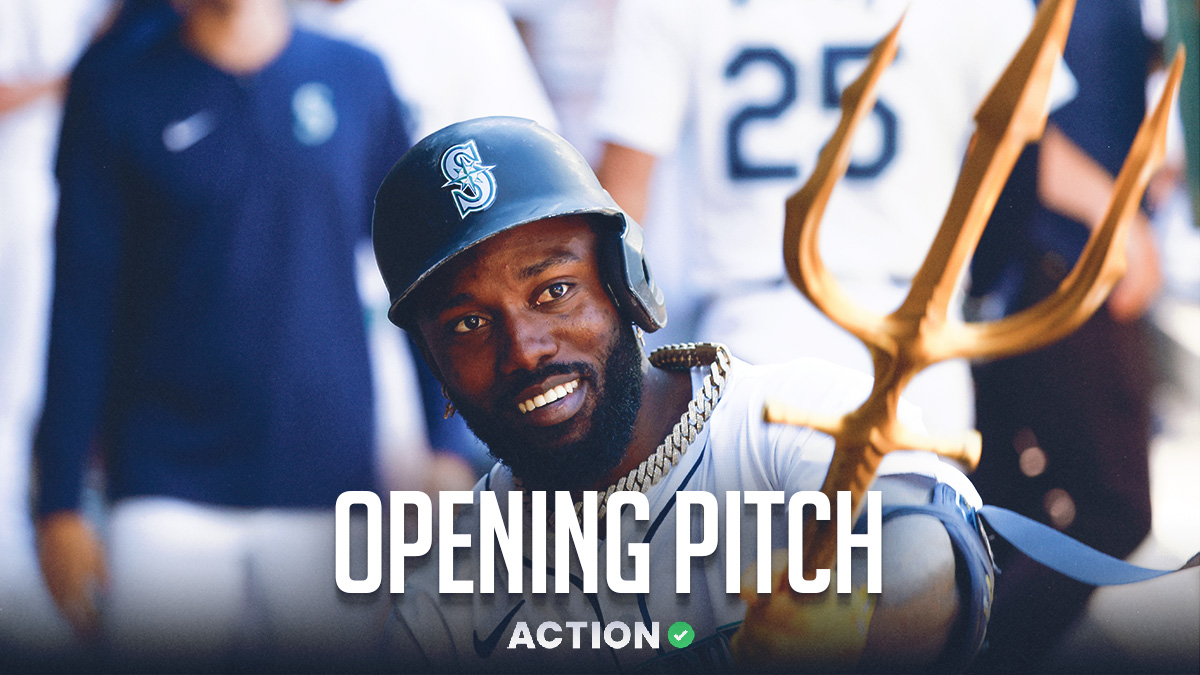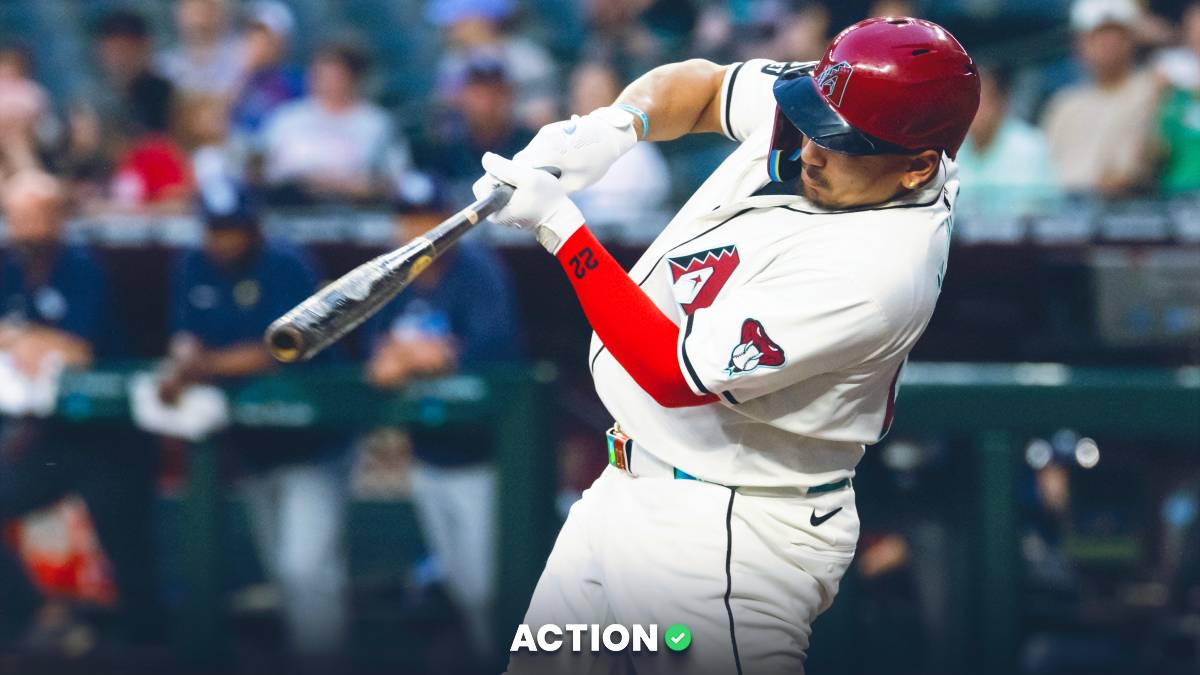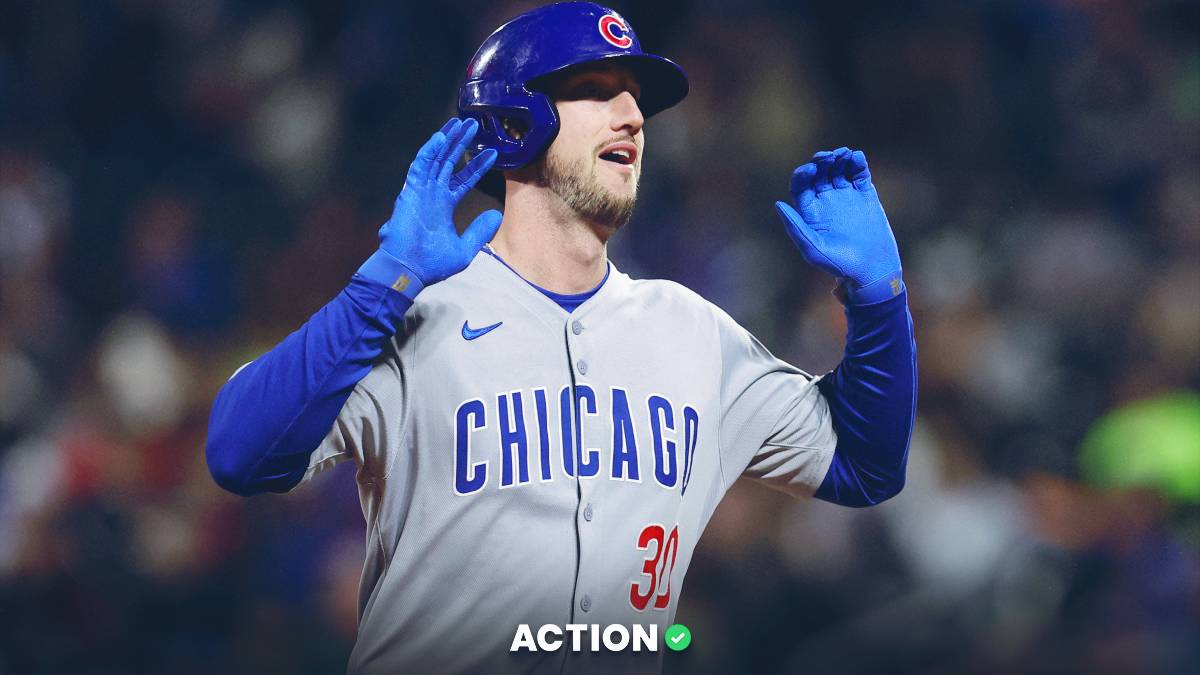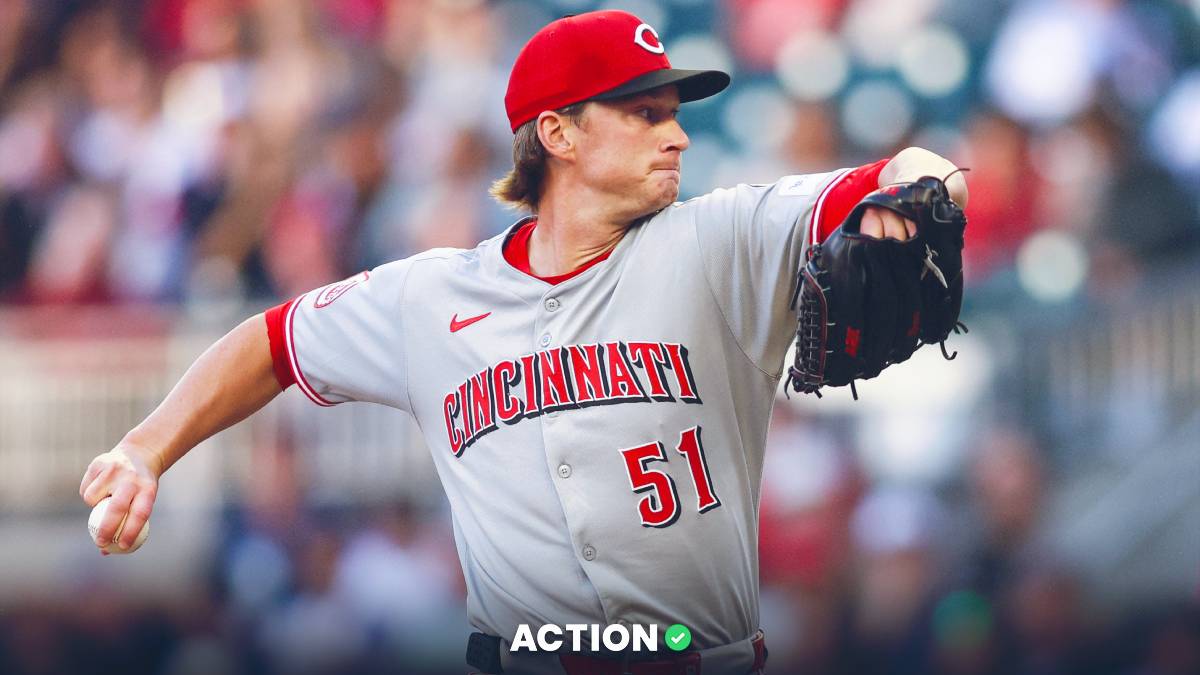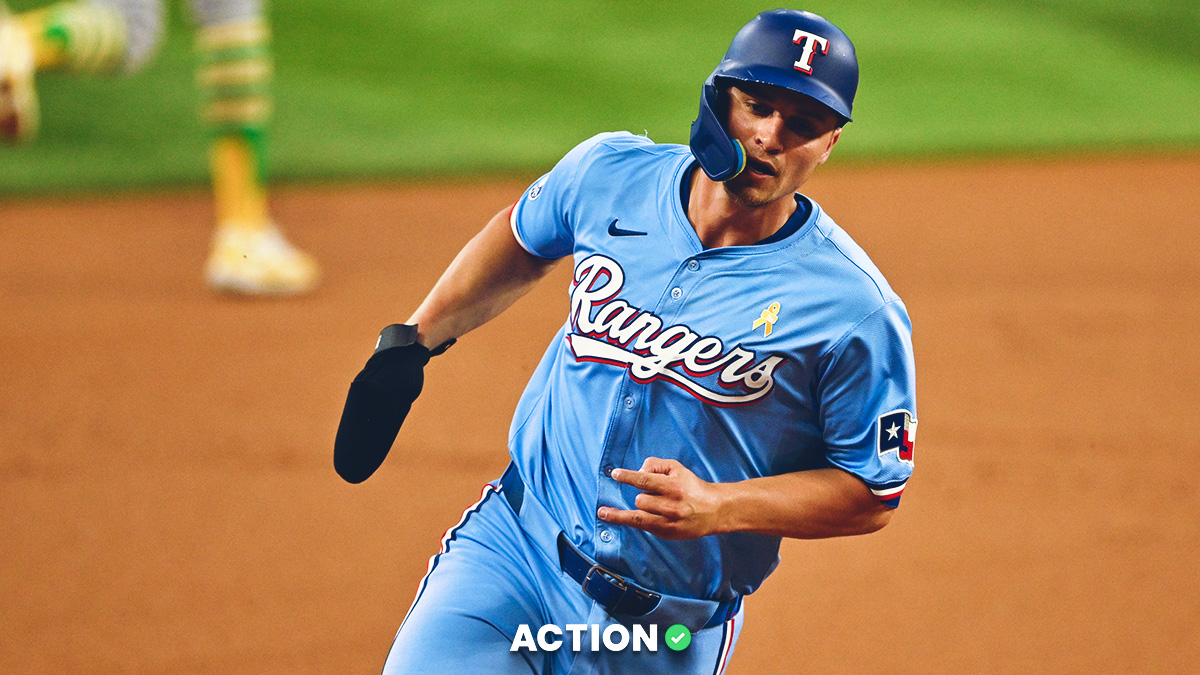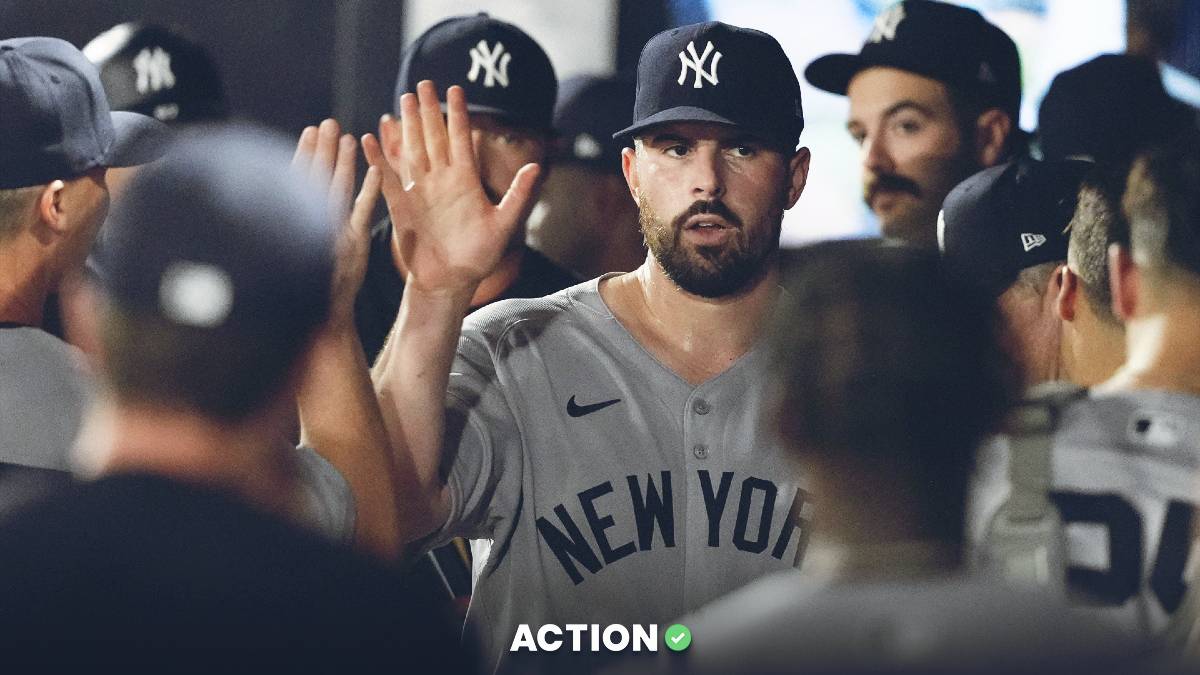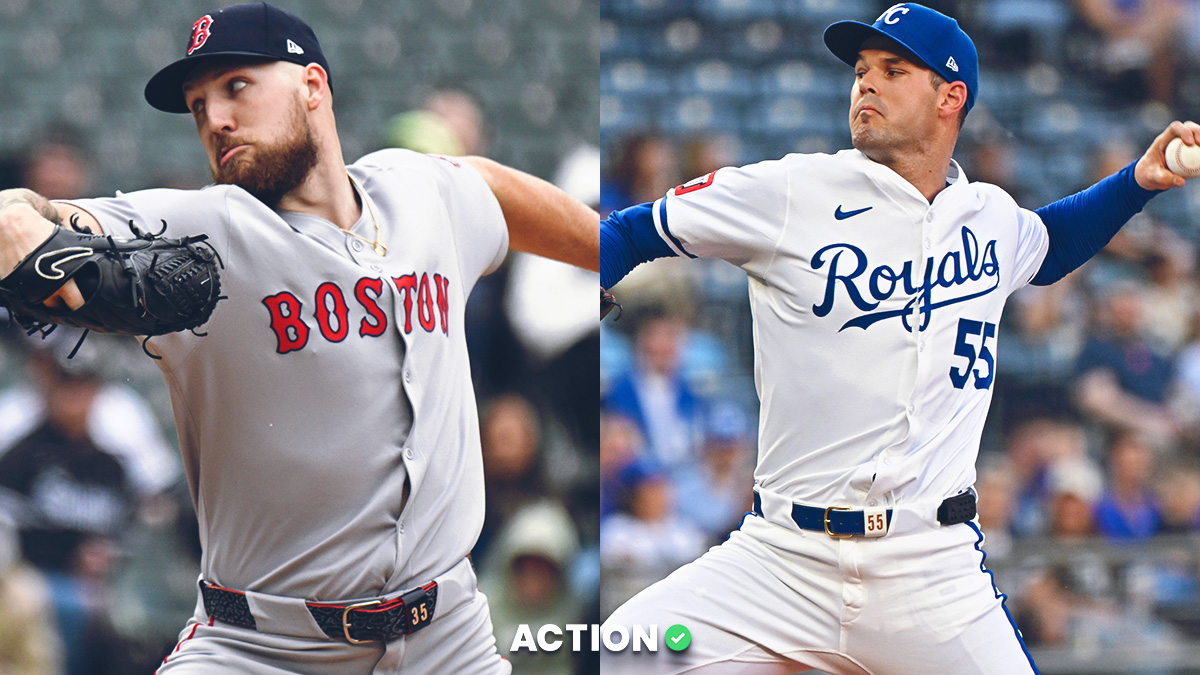As the days tick down toward Opening Day of the MLB season, one of the most popular bets on the market is win totals. Sports bettors love throwing down a chunk of change on their favorite team to beat what the books are projecting.
Whether you’re an amateur sports bettor or someone with more experience, the smartest thing you can do when considering a team’s win total is to look at the projections. The Action Network’s Sean Zerillo releases his every year, and that aids him in determining which side to play. Similarly, there are a number of other public-facing projections that bettors use.
Like most aspects of sports analysis, there’s a science to it. But there are certain unquantifiable elements of the makeup of a team or season that should also be factored in.
So before you place a bet on a team’s win total — whether it’s the over or the under — consider these three factors, which are harder to quantify when projecting the 2021 season.
The Level of Competition
The schedules in Major League Baseball are imbalanced, and a disproportionate amount of a team’s schedule resides within its own division. Teams play each divisional opponent 19 times, which adds up to 76 of a team’s 162 games.
It’s important to keep this in mind when determining how to play a team’s win total.
The Rockies, for example, have a win total of 64.5 but will play 38 times against the Dodgers and Padres, two teams widely expected to be among the best in the league. The other two teams in the National League West — the Giants and Diamondbacks — aren’t on the same level as Los Angeles or San Diego but are expected to be competitive.
That means 47% of the Rockies’ schedule will be against competitive teams, and 23% will come against arguably the two best teams in baseball.
The Pirates, by contrast, will play that same 47% of their schedule against the Cardinals, Brewers, Cubs and Reds. Regardless of how you feel about those four teams individually, it’s tough to argue with the fact that you’d rather play 76 games against those four than 76 against the NL West.
Yet, the Pirates’ win total is five wins lower than the Rockies and the lowest total in baseball.
Now, the Pirates are going to be very bad. And from a true-talent perspective, the Rockies are likely a better team. But the schedule differences make me more optimistic in the Pirates scraping their way to at least 60 wins than I am in the Rockies getting to 65.
Does a Team Want to Win?
Wait, what? Of course every team wants to win. Otherwise, what’s the point of playing?
Well, it’s true that players, managers and coaches want to win. But the mentality of front offices and owners is greatly different.
Coming off a 2020 campaign in which there were no fans allowed in stadiums during the regular season — and entering a year in which attendance will again be limited in some form — many teams are crying poor. This is despite the fact that television revenue is still keeping the coffers full, but that’s neither here nor there.
The point: There are several teams more interested in saving money than fielding a competitive roster. That was apparent during the offseason and will continue to rear its head during the season and leading up to the trade deadline.
There are at least three teams that you need to take this into consideration when deciding on how to play them: the Cubs (79.5), Red Sox (80.5) and Indians (81.5).
Each team’s offseason has already been baked into their win total, as the Cubs traded Yu Darvish, Cleveland sent Francisco Lindor to the Mets and the Red Sox … well, did not do much of anything.
But how will these teams look in July or August? Cubs ownership has been pretty vocal about its desire to shed payroll, and trade rumors about players such as Kris Bryant and Willson Contreras have been circulating for the better part of the last year. If the Cubs trade either or both, or any of Javier Báez, Anthony Rizzo, Kyle Hendricks, etc., they will enter full-fledged tank mode, and it’s hard to imagine them coming close to 80 wins.
The same can be said for Cleveland and Boston. Although neither team has high-priced veterans who are obvious trade candidates similar to those in Chicago, it’s entirely likely that ownership decides to deal anyone who is not part of their future plans if it means saving a couple million dollars and netting a mid-level prospect or two.
There are other examples, such as the Reds with Eugenio Suárez, Luis Castillo, and Sonny Gray. So generally speaking, when considering a win total and which side to play, aspects such as this should be considered.
Is the Future Now or Later?
With rare exceptions, it’s easy to identify which teams are going to be duking it out at the bottom of the standings. But the makeup of these clubs when we reach the dog days of the summer can make or break a team’s win total.
For many losing clubs, the last two months are a drag — veterans going through the motions, playing out the string to earn a paycheck or Quad-A types playing a role for which they're not qualified.
For some clubs, the end of the season is valuable playing time for young players who will be expected to play an important role when ambitions become greater in the future.
This is tricky mostly because of service time manipulation. Take the Baltimore Orioles. In Adley Rutschman, Grayson Rodriguez and DL Hall, Baltimore has prospects they hope will be part of the team’s future who are pretty close to major-league ready.
Assuming the Orioles are well out of playoff contention during the second half of the season, it would be a perfect opportunity for them to give their young building blocks valuable developmental playing time in the show. However, doing so would mean those players would reach arbitration and, in turn, free agency a year earlier than if they stayed in the minor leagues until 2022. Most teams value that extra year more than the experience.
Identifying which teams will or won’t call up prospects with something to play for toward the end of the season is difficult, but identifying which teams are able to do so isn’t.
The Marlins, for example, have one of the deepest farm systems in baseball and already started calling up a good number of talented farmhands in 2020. Even if they take a step back in the competitive NL East, these young players should still be up in the majors and competing for future roles.
Similarly, the Tigers are at least a year away from truly contending in the AL Central, but they have already given playing time to young building blocks like Casey Mize, Tarik Skubal and Isaac Paredes. If those players continue to get work this season and are joined in the second half of the season by the likes of Matt Manning and Spencer Torkelson, the Tigers’ over could be in play as the building blocks are laid for the future.
On the other hand, Colorado — sorry, Rockies fans, for picking on your team again — has one of the worst farm systems in baseball. Its top prospect was in high school a year ago, and even he only ranks in the bottom-half of most top-100 prospects lists.
As the season drags on and the Rockies fall out of contention, they’re not going to have a youth injection able to help them rack up wins toward the total down the stretch. Teams like the Brewers or Nationals are expected to be more competitive, but if you’re already considering their unders, know that they join Colorado in having a weaker farm system.
If you’re willing to tie up a portion of your bankroll for six full months, win totals are a good and fun way to bet on MLB ahead of the start of the season. You should absolutely factor in win total projections when making your decision, but keep these less-quantifiable factors in mind, too, and you’ll be feeling a lot better come October.




